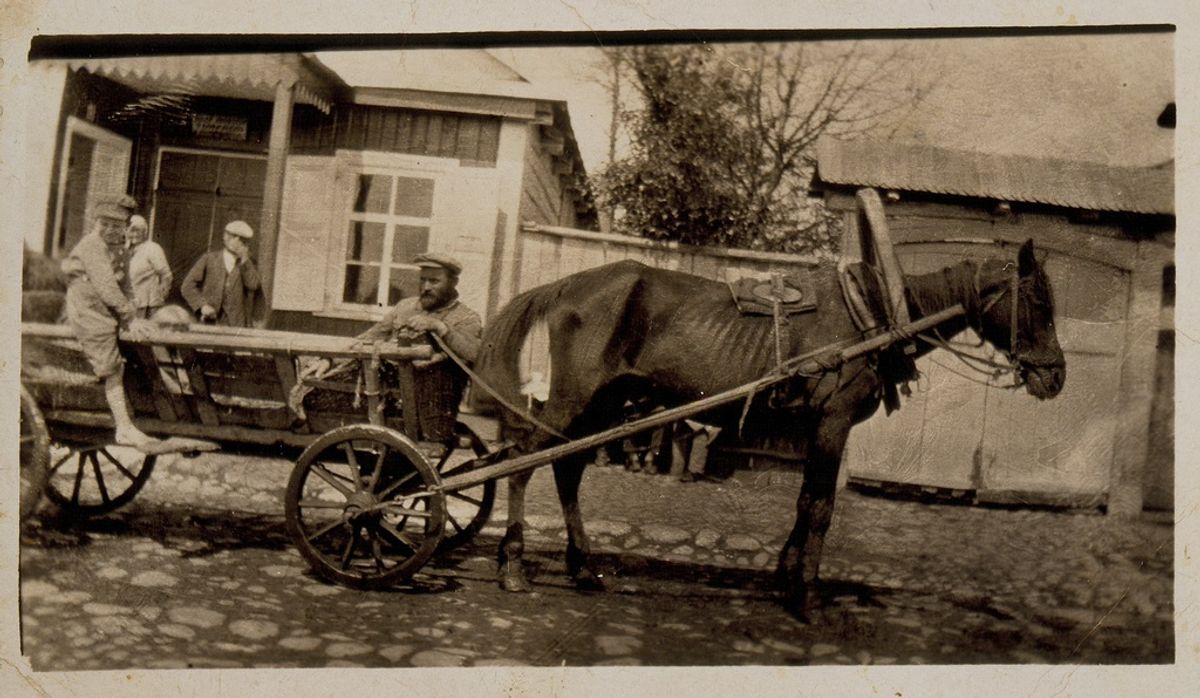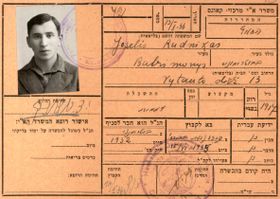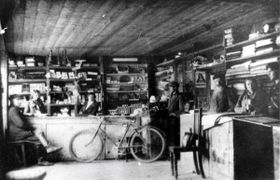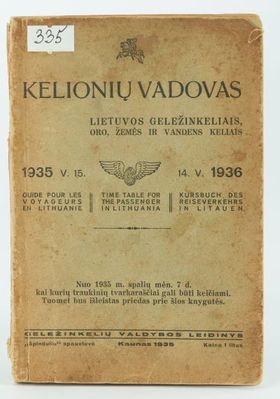Carriage Tales


The Driver's Danger
For a long time, horse-drawn carriages were the main form of transportation. Drivers like Yoshke Bleicharowicz from Eišiškės would transport people, goods, mail, and personal messages from place to place. Yoshke had a fondness for drinking and didn’t always take good care of his horses, but he still found work, even after cars and buses arrived in the shtetl.
Drivers typically charged a fixed fee for their services, though poor clients often tried to haggle. Sometimes, people chose to walk instead of paying, but they would still stay close to the carriage. Traveling alone, especially through remote areas, was risky.
Drivers feared highway robbers, and Jews also had to be wary of antisemites. There’s a story about another driver from Eišiškės, Israel Berkowicz, who stopped for a nap during a trip to Vilnius. He woke suddenly to sharp pain in his throat. Opening his eyes, he saw he was bleeding, and a man stood over him holding a knife. To his shock, he recognized the attacker—it was Iluk, someone he knew.
"Iluk, what’s wrong with you? Why are you trying to kill me?" Israel asked. "Oh, it’s you, Srolke. I thought you were just some Jew!" Iluk ended up serving 20 years in prison, while Israel carried a scar and a hoarse voice for the rest of his life.





